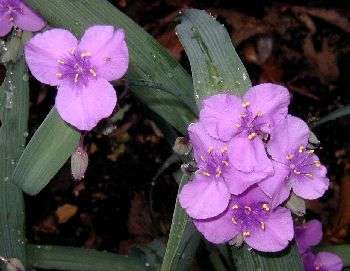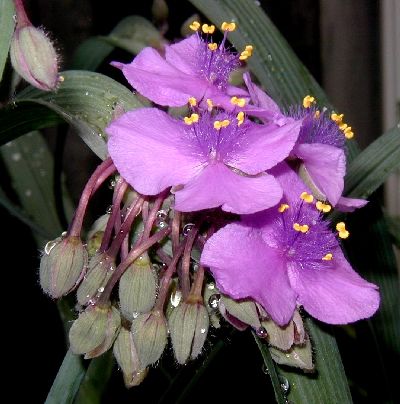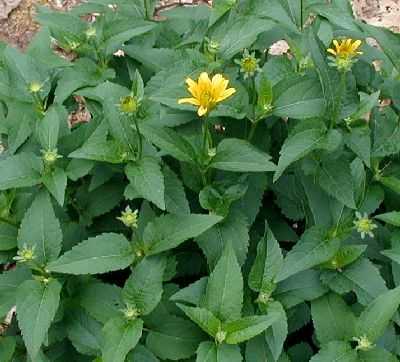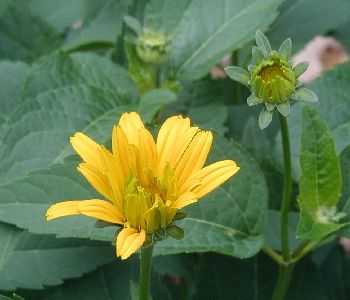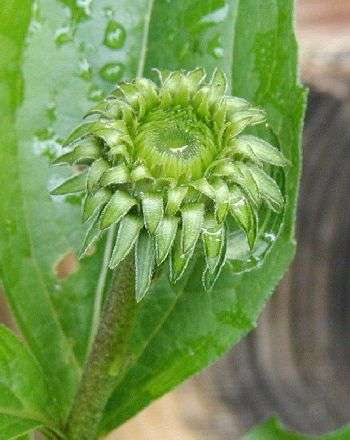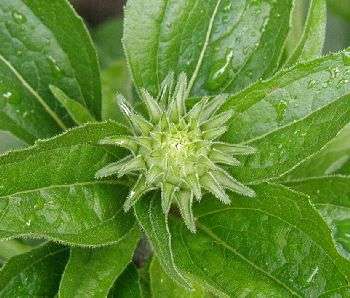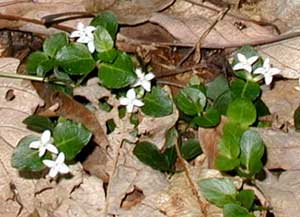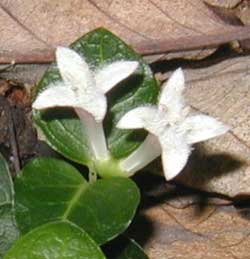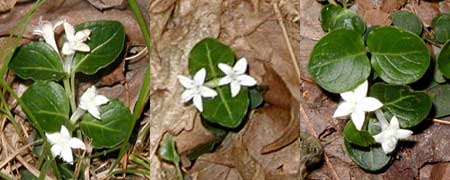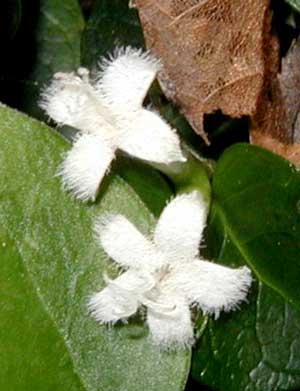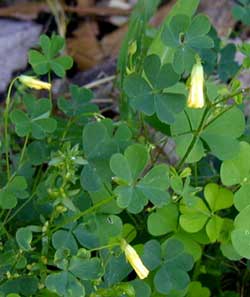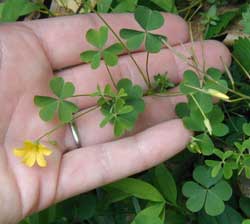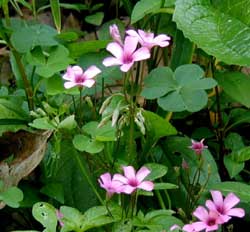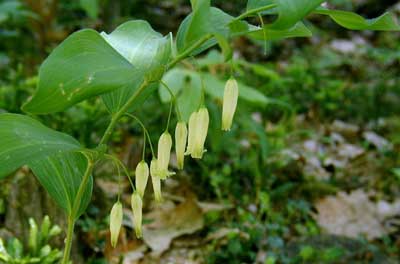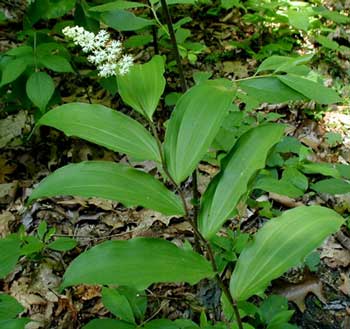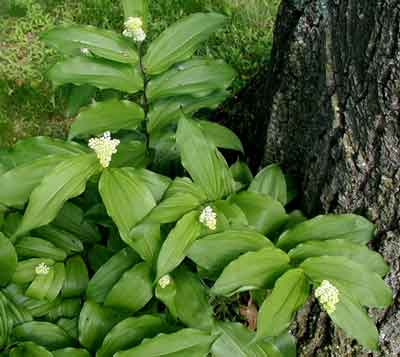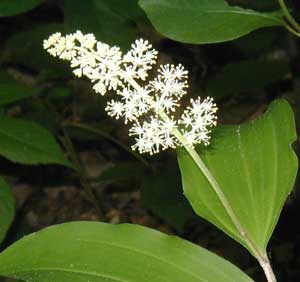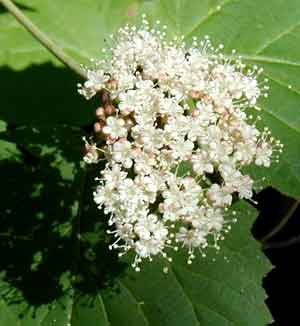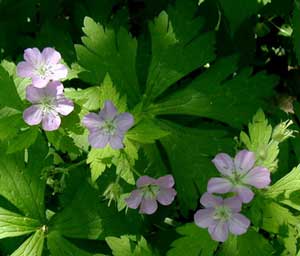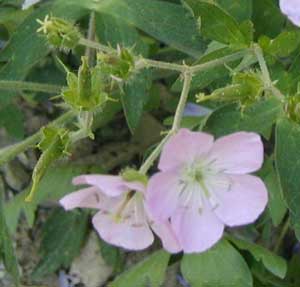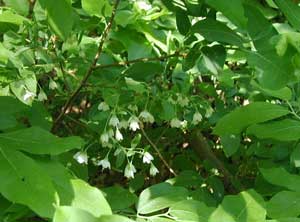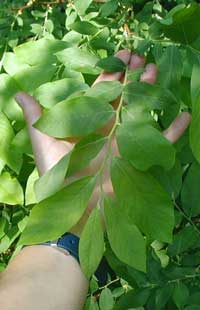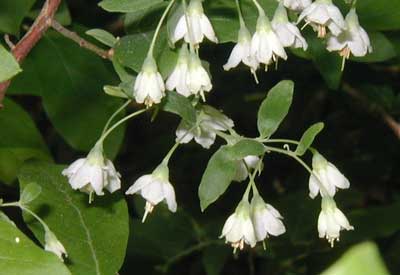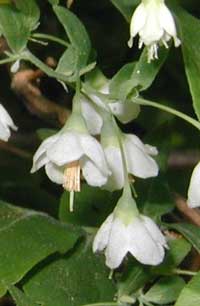Now I know that all those big-sounding rain drops that I hear the day after a storm, well, they aren’t always water. And those falling leaves aren’t always from the activity of mischeivious squirrels, either!
I made a strange discovery today when surveying the land for damage from the storm last night. We did lose at least three good sized trees due to lightning. We’re thankful to have such nice neighbors with chainsaws, but that wasn’t the strange part.
Feces of striking similarity to that of tomato hornworms, which is found on and around tomato plants in the summertime, littered the tops of everything under these oak trees! The red surface of the farm truck hood made these “caterpillar berries” stand out – otherwise, I’m not sure I would have seen them at all.
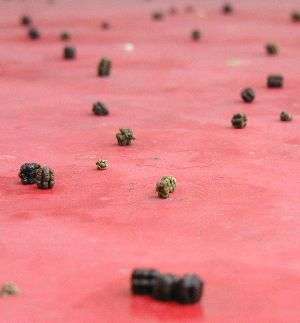
Caterpillar dung fallen from the oak trees.
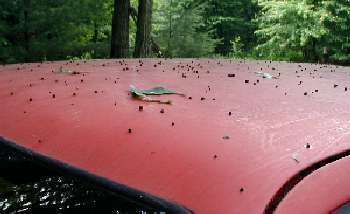
The old farm truck caught a lot of these caterpillar berries.
Nature intertwines us all. Indirectly, these oak trees are fertilizing themselves in the midst of being eaten by insects. Voracious insects were helping to spread nutrients to the grass and herbs that lie in the understory and eventually to the tree itself. One doesn’t need to go to the Amazon Rain Forest to find examples of organisms being dependent on one another for survival.
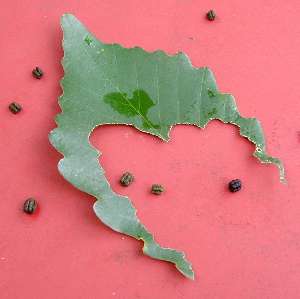
Leaf damage as evidence of caterpillar occupation.
Now, my curiosity needs fed…is it a certain type of caterpillar that leaves such symmetrical, tell-tale poop? Or is it that all caterpillars are so geometrically inclined?
